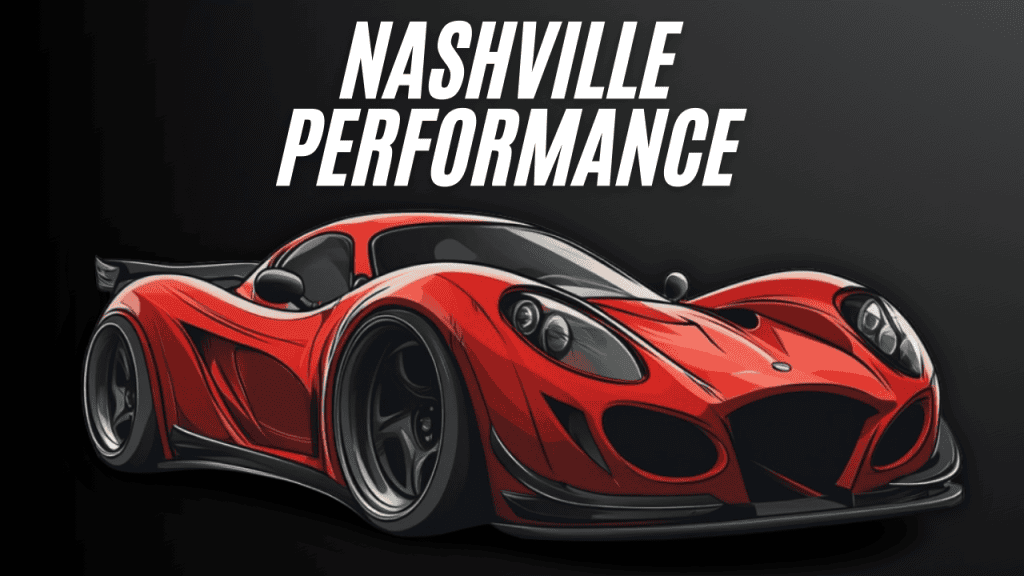Table of Contents
The Surprising Benefits of Underbody Panels in Aerodynamics
Underbody panels may not be the first thing that comes to mind when thinking about vehicle performance, but their role in car aerodynamics is vital. These often-overlooked components enhance performance, improve protection, and contribute to a quieter, more efficient ride. Let’s explore the surprising benefits of underbody panels and how they impact modern automotive design.
Key Benefits of Underbody Panels in Aerodynamics
Enhanced Aerodynamics
Underbody panels streamline airflow beneath the vehicle, reducing turbulence and minimizing drag. By smoothing the underside, they prevent air from becoming trapped, which helps maintain consistent airflow and improves the car’s overall aerodynamic efficiency.
- Drag Reduction: Studies have shown that underbody paneling can reduce drag area by 0.7% to 1.5%. For instance, in a compact hatchback, these panels decreased the drag coefficient by 13%, highlighting their significant impact on vehicle performance.
Improved Vehicle Protection
These panels shield vital components, such as the engine, transmission, and exhaust system, from environmental hazards like road debris, water, and dirt. This protection not only enhances durability but also reduces maintenance costs.
Noise Reduction
By covering the undercarriage, underbody panels help reduce noise from the engine and road. This creates a quieter and more comfortable driving experience, especially at higher speeds.
Fuel Efficiency
Reducing drag through the use of underbody panels directly translates to better fuel economy. Vehicles with optimized aerodynamics require less energy to maintain speed, improving efficiency and lowering fuel costs.
Tailored Designs for Different Vehicles
Underbody panels are specifically designed to suit various vehicle types:
- Passenger Cars: Focus on active underbody panels for efficient airflow.
- SUVs and Vans: Utilize front wheel deflectors and tailored panels to optimize aerodynamics for higher ground clearance.
The Role of Underbody Panels in Car Aerodynamics
Underbody panels are integral to managing airflow beneath the car. By eliminating turbulence and promoting smooth airflow:
- They enhance stability, particularly at higher speeds.
- They prevent air pockets that increase drag.
- They work seamlessly with other aerodynamic features to improve overall performance.
Research Insights
- Compact cars with underbody panels experienced significant drag reduction.
- Vehicles like the Chevrolet Corvette C7 Z06 showcase the real-world advantages of optimized underbody designs.
Integration with Other Aerodynamic Features
While underbody panels are effective on their own, their performance is amplified when combined with:
- Rear Spoilers: Reduce rear lift and improve downforce.
- Front Splitters: Manage airflow at the front of the vehicle.
- Side Skirts: Minimize turbulence along the vehicle’s sides.
- Vortex Generators: Enhance airflow stability.
Together, these features create a cohesive aerodynamic system that maximizes efficiency and handling.
Case Studies and Practical Applications
Chevrolet Corvette C7 Z06
This high-performance vehicle demonstrates the power of underbody panels. By optimizing airflow beneath the car, the Corvette achieves reduced drag and increased stability at high speeds.
SUVs and Vans
Larger vehicles use active front wheel deflectors and tailored underbody panels to balance aerodynamic efficiency with their increased height and size.
Q&A: Understanding Underbody Panels
| Question | Answer |
|---|---|
| What is the primary function of underbody panels? | They manage airflow beneath the vehicle, reduce turbulence, prevent air trapping, and minimize drag. |
| How do underbody panels contribute to vehicle protection? | By shielding critical components like the engine and transmission from environmental hazards. |
| What additional benefits do underbody panels provide? | Noise reduction, leading to a quieter driving experience. |
| Can underbody panels work with other aerodynamic features? | Yes, they complement features like rear spoilers, side skirts, and vortex generators. |
| What is an example of a vehicle using underbody panels effectively? | The Chevrolet Corvette C7 Z06, which optimizes underbody airflow for better performance. |
Conclusion and Future Prospects
Underbody panels are essential components in modern automotive design, offering a blend of performance, protection, and comfort. As automotive technology continues to advance, these panels are expected to play an even greater role in enhancing aerodynamics and efficiency. Whether you drive a compact car or a high-performance vehicle, underbody panels represent a key innovation in the quest for better vehicle performance and fuel economy.
Additional Resources
Check out the best performance car gear available on the market.
